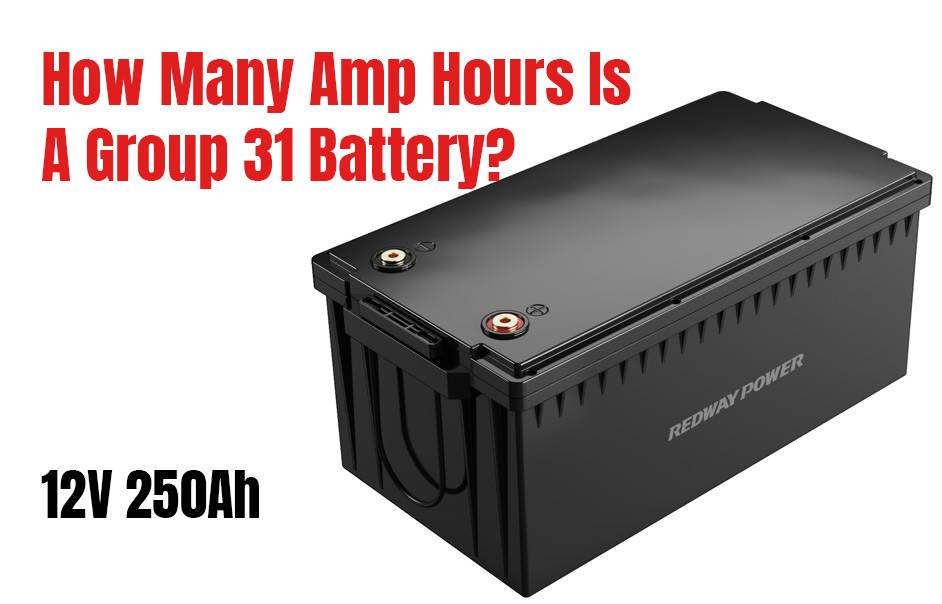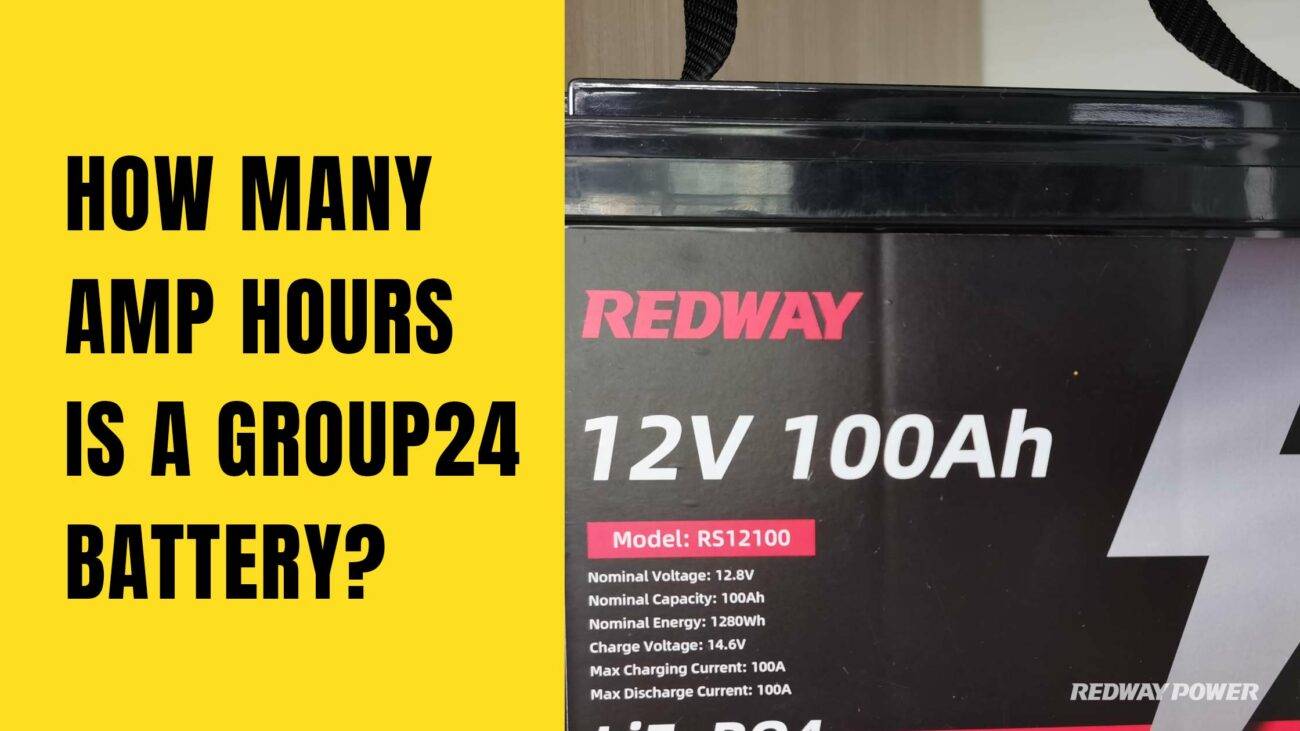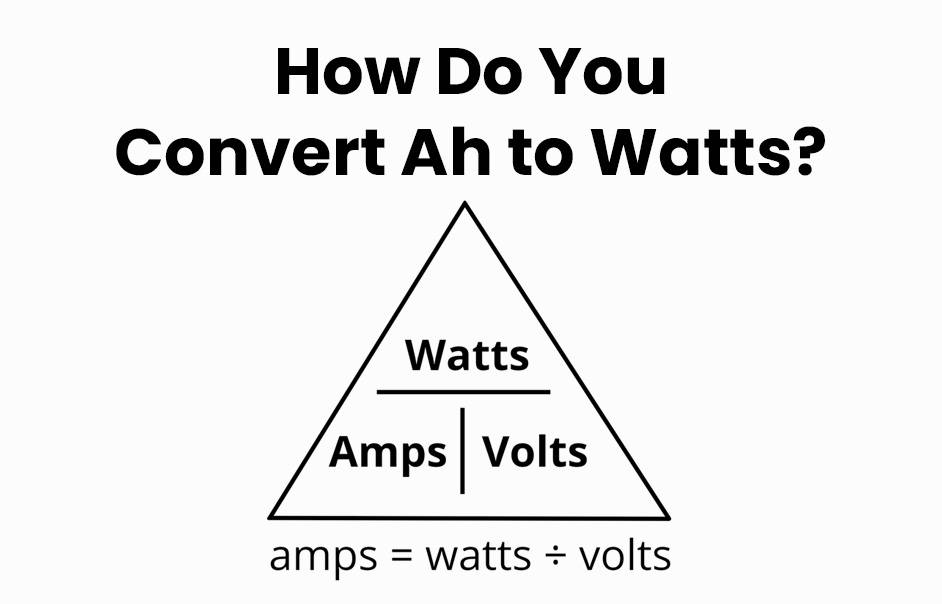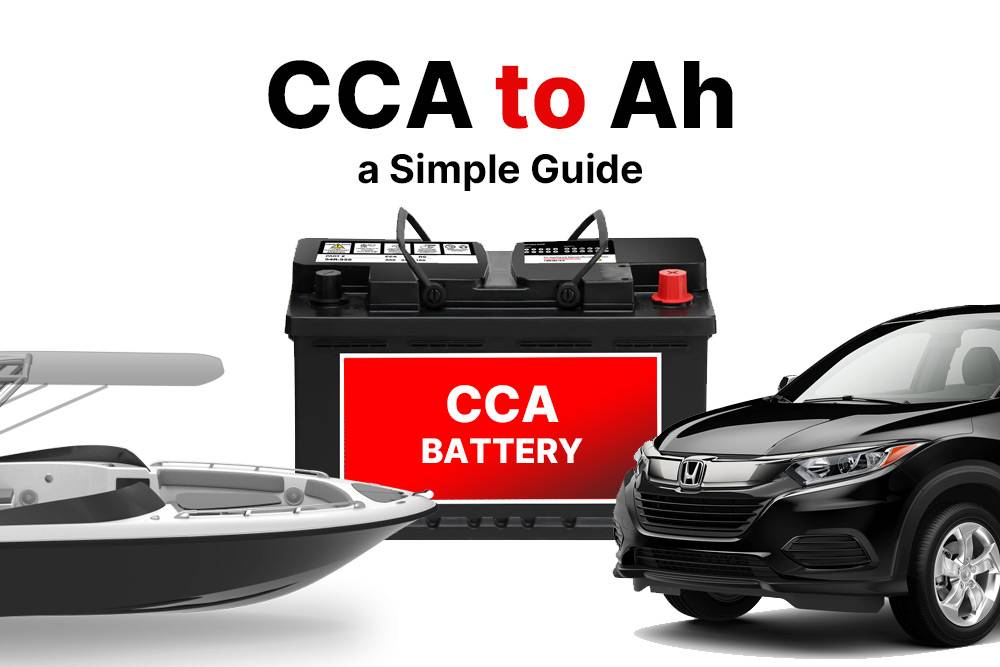- Forklift Lithium Battery
-
48V
- 48V 210Ah
- 48V 300Ah
- 48V 420Ah (949 x 349 x 569 mm)
- 48V 420Ah (950 x 421 x 450 mm)
- 48V 456Ah
- 48V 460Ah (830 x 630 x 590 mm)
- 48V 460Ah (950 x 421 x 450 mm)
- 48V 460Ah (800 x 630 x 600 mm)
- 48V 460Ah (820 x 660 x 470 mm)
- 48V 500Ah
- 48V 560Ah (810 x 630 x 600 mm)
- 48V 560Ah (950 x 592 x 450 mm)
- 48V 600Ah
- 48V 630Ah
-
48V
- Lithium Golf Cart Battery
- 12V Lithium Battery
12V 150Ah Lithium RV Battery
Bluetooth App | BCI Group 31
LiFePO4 Lithium
Discharge Temperature -20°C ~ 65°C
Fast Charger 14.6V 50A
Solar MPPT Charging - 24V Lithium Battery
- 36V Lithium Battery
- 48V Lithium Battery
-
48V LiFePO4 Battery
- 48V 50Ah
- 48V 50Ah (for Golf Carts)
- 48V 60Ah (8D)
- 48V 100Ah (8D)
- 48V 100Ah
- 48V 100Ah (Discharge 100A for Golf Carts)
- 48V 100Ah (Discharge 150A for Golf Carts)
- 48V 100Ah (Discharge 200A for Golf Carts)
- 48V 150Ah (for Golf Carts)
- 48V 160Ah (Discharge 100A for Golf Carts)
- 48V 160Ah (Discharge 160A for Golf Carts)
-
48V LiFePO4 Battery
- 60V Lithium Battery
-
60V LiFePO4 Battery
- 60V 20Ah
- 60V 30Ah
- 60V 50Ah
- 60V 50Ah (Small Size / Side Terminal)
- 60V 100Ah (for Electric Motocycle, Electric Scooter, LSV, AGV)
- 60V 100Ah (for Forklift, AGV, Electric Scooter, Sweeper)
- 60V 150Ah (E-Motocycle / E-Scooter / E-Tricycle / Tour LSV)
- 60V 200Ah (for Forklift, AGV, Electric Scooter, Sweeper)
-
60V LiFePO4 Battery
- 72V~96V Lithium Battery
- Rack-mounted Lithium Battery
- E-Bike Battery
- All-in-One Home-ESS
- Wall-mount Battery ESS
-
Home-ESS Lithium Battery PowerWall
- 24V 100Ah 2.4kWh PW24100-S PowerWall
- 48V 50Ah 2.4kWh PW4850-S PowerWall
- 48V 50Ah 2.56kWh PW5150-S PowerWall
- 48V 100Ah 5.12kWh PW51100-F PowerWall (IP65)
- 48V 100Ah 5.12kWh PW51100-S PowerWall
- 48V 100Ah 5.12kWh PW51100-H PowerWall
- 48V 200Ah 10kWh PW51200-H PowerWall
- 48V 300Ah 15kWh PW51300-H PowerWall
PowerWall 51.2V 100Ah LiFePO4 Lithium Battery
Highly popular in Asia and Eastern Europe.
CE Certification | Home-ESS -
Home-ESS Lithium Battery PowerWall
- Portable Power Stations
How Many Amp Hours Are in 2048 Watt Hours?
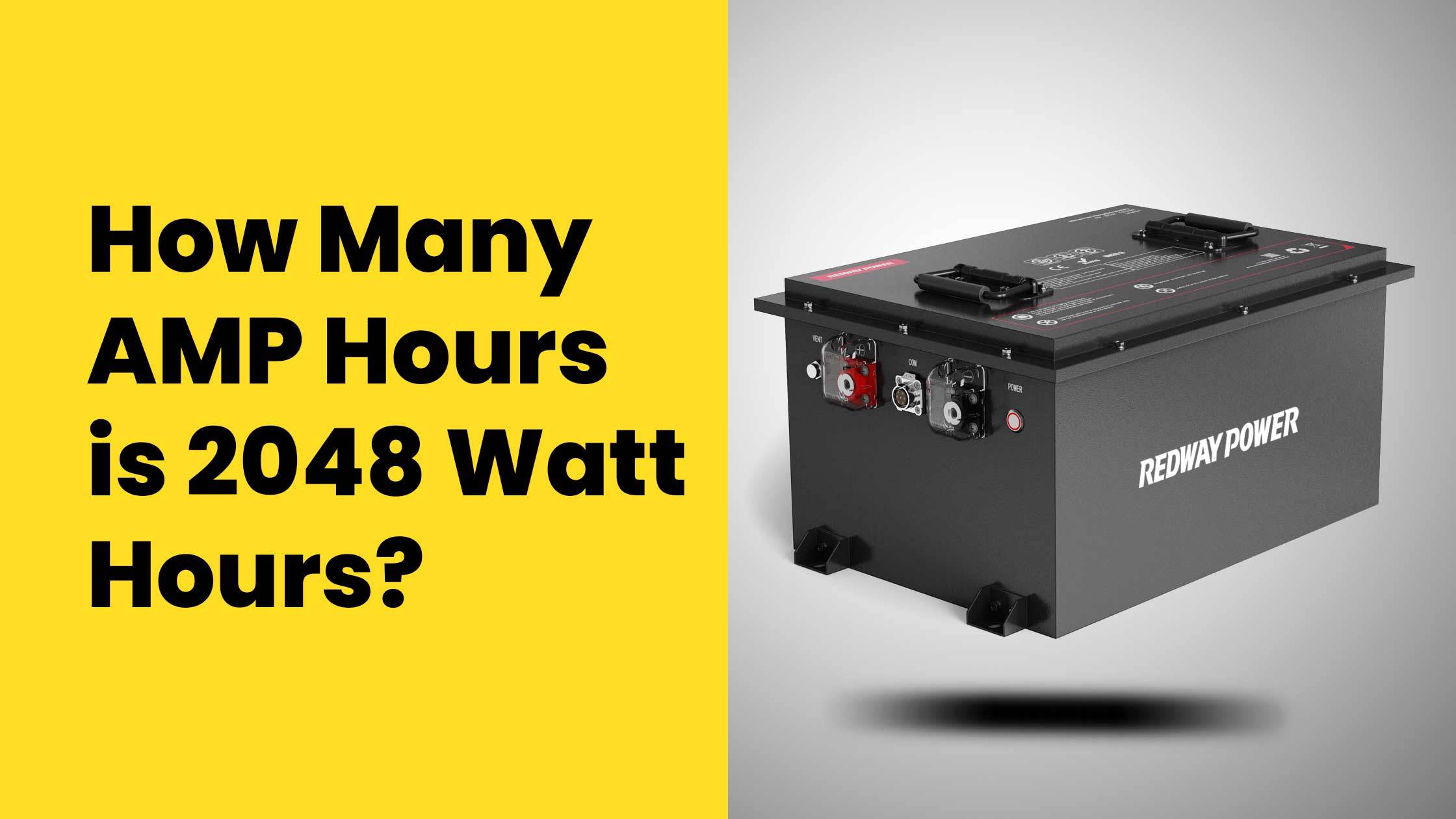
Converting watt hours (Wh) to amp hours (Ah) is essential for understanding battery capacity and energy storage systems. For a 2048 Wh capacity, the conversion depends on the voltage of the battery. Using the formula Ah=Wh/V, you can determine how many amp hours are available based on the specific voltage.
What is the formula to convert watt hours to amp hours?
The formula to convert watt hours to amp hours is:
Ah=Wh/V
Where:
- Ah = Amp Hours
- Wh = Watt Hours
- V = Voltage
For example, if you have a battery rated at 12 volts, you can calculate the amp hours as follows:
Ah=2048 Wh/12 V=170.67 Ah
This means that a 2048 Wh battery at 12 volts provides approximately 170.67 Ah of capacity.
Chart: Watt Hours to Amp Hours Calculation
| Watt Hours (Wh) | Voltage (V) | Amp Hours (Ah) |
|---|---|---|
| 2048 | 12 | 170.67 |
| 2048 | 24 | 85.33 |
| 2048 | 48 | 42.67 |
How does battery voltage affect amp hour calculations?
Battery voltage plays a crucial role in determining how many amp hours are available from a given number of watt hours. Higher voltages will result in fewer amp hours for the same amount of energy stored. For instance, using a higher voltage battery (like 24V or 48V) will yield lower amp hour values compared to a lower voltage battery (like 12V) when using the same watt hour capacity.Chart: Impact of Voltage on Amp Hours
| Voltage (V) | Amp Hours (Ah) at 2048 Wh |
|---|---|
| 12 | 170.67 |
| 24 | 85.33 |
| 48 | 42.67 |
What are some practical examples of watt hour to amp hour conversions?
Here are practical examples using different voltages:
- 12V Battery:
- Ah=204812=170.67 Ah
- 24V Battery:
- Ah=204824=85.33 Ah
- 48V Battery:
- Ah=204848=42.67 Ah
These examples illustrate how varying the voltage affects the total capacity expressed in amp hours.
Why is it important to understand watt hours and amp hours?
Understanding the relationship between watt hours and amp hours is critical for several reasons:
- Battery Sizing: Helps in selecting batteries that meet specific energy needs.
- System Design: Essential for designing solar power systems or other renewable energy setups.
- Efficiency Calculations: Aids in calculating efficiency and performance metrics for various applications.
Having a clear grasp of these concepts ensures that energy storage systems are appropriately sized and configured.Chart: Importance of Understanding Capacity Measurements
| Reason | Description |
|---|---|
| Battery Sizing | Ensures proper capacity selection |
| System Design | Critical for renewable energy setups |
| Efficiency Calculations | Helps optimize performance metrics |
How can you use this knowledge in solar energy systems?
In solar energy systems, knowing how to convert between watt hours and amp hours allows users to design efficient setups that match their energy consumption needs with appropriate battery storage capacities. For example:
- When sizing batteries for a solar installation, calculate daily energy requirements in watt hours and convert them into amp hours based on your battery’s nominal voltage.
- This ensures that your solar panels and batteries work harmoniously, maximizing efficiency and minimizing costs.
Chart: Application in Solar Energy Systems
| Application | Description |
|---|---|
| Battery Sizing | Match batteries with daily energy needs |
| System Efficiency | Optimize panel output vs storage capacity |
Redway Power Insights
“Understanding how to convert between watt hours and amp hours is essential for anyone working with batteries, especially in renewable energy applications like solar power systems. This knowledge not only aids in proper system design but also enhances overall efficiency.”
Industrial News
The demand for efficient energy storage solutions continues to rise as more consumers turn toward renewable energy sources like solar power. Recent advancements in battery technology have led to improved performance metrics, allowing for better integration into various applications. As these technologies evolve, understanding capacity measurements will be crucial for maximizing efficiency and meeting growing energy demands.
FAQ Section
Q: How many amp hours are in a 2048 watt hour battery at 12 volts?
A: A 2048 watt hour battery at 12 volts provides approximately 170.67 Ah.Q: Does increasing voltage decrease total amp hours?
A: Yes, higher voltage results in fewer amp hours for the same amount of stored energy.Q: Why is it important to convert between watt hours and amp hours?
A: It helps in selecting appropriate batteries and designing efficient energy systems.Q: Can I use this conversion knowledge for solar power systems?
A: Absolutely! It’s essential for sizing batteries according to your daily energy needs.
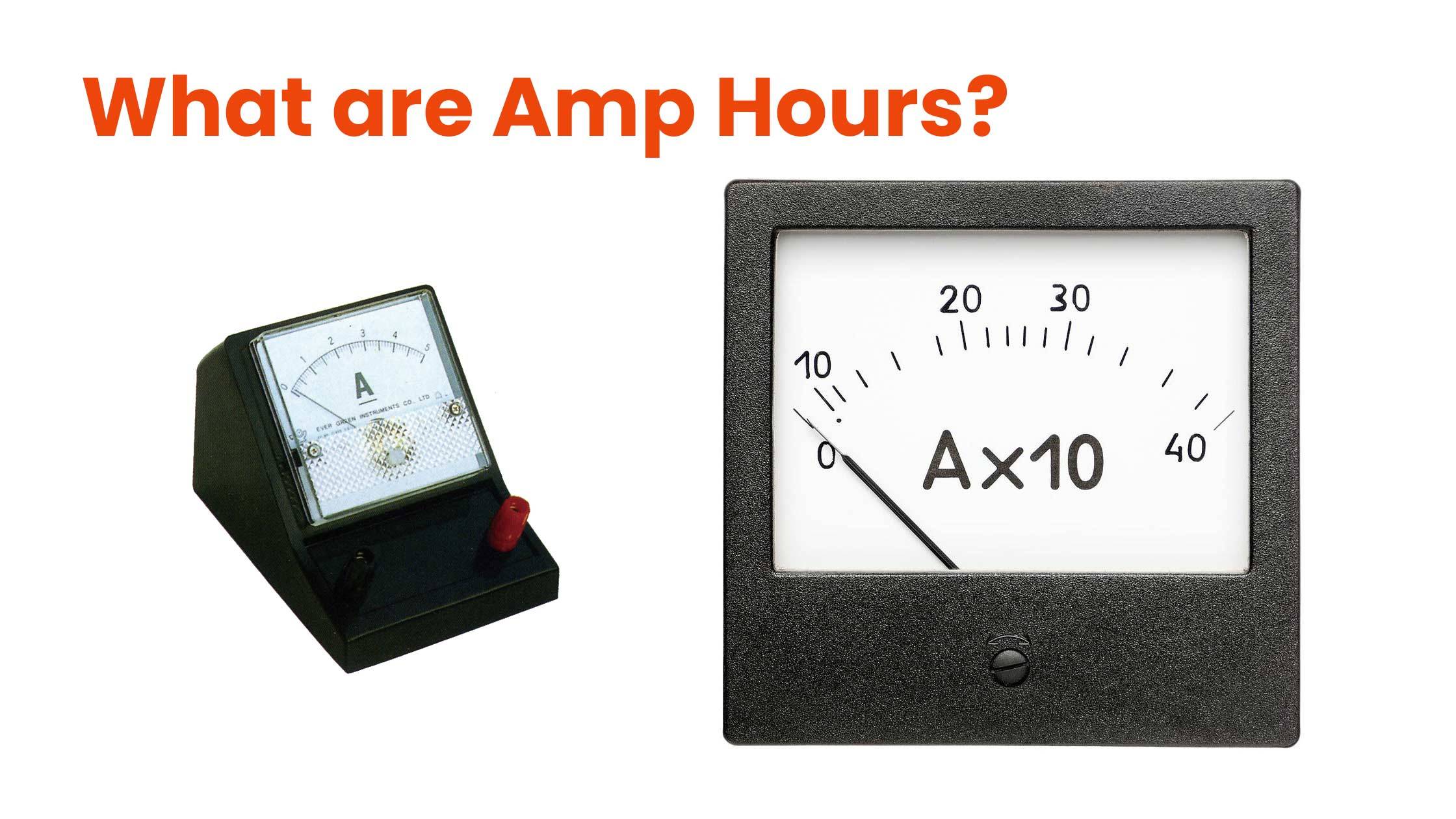
How can amp hours be converted to watt hours?
To convert amp hours (Ah) to watt hours (Wh), multiply the amp hours by the battery voltage:
Wh = Ah × V.
Why is it important to know both watt hours and amp hours?
Watt hours reflect the total energy a battery can store, while amp hours indicate the battery’s current capacity. Knowing both helps determine how long a device can run and the battery’s overall efficiency.
How can you calculate watt hours?
Watt hours (Wh) are calculated by multiplying the battery’s voltage (V) by its amp hours (Ah):
Wh = V × Ah.
How can you achieve the same watt hours with different combinations of amp hours and voltage?
You can achieve the same watt hours by adjusting voltage and amp hours. For example, 100 Wh can be reached with 10 volts at 10 Ah or 5 volts at 20 Ah.
What factors do you need to consider when determining a battery’s energy capacity and voltage requirements?
Consider the device’s power requirements, battery size, operating voltage, and the desired runtime to determine appropriate energy capacity and voltage requirements.
What is the practical meaning of watt hours for appliances?
Watt hours tell you how much energy an appliance consumes over time. For example, a 60W bulb running for 5 hours consumes 300 Wh.
How can you determine a battery’s charge and discharge rates?
A battery’s charge and discharge rates are determined by its capacity (Ah) and the applied current. Use the C rating to calculate how fast a battery can safely charge or discharge.
What is an example calculation for watt hours used by a lightbulb in a day?
For a 60W lightbulb running 8 hours a day:
Wh = W × time. So, 60W × 8 hours = 480 Wh per day.
How do you interpret different C rates for battery charging and discharging?
The C rate indicates how quickly a battery can charge or discharge relative to its capacity. A 1C rating means the battery can charge or discharge its full capacity in one hour.
What does a battery’s C rating represent?
A battery’s C rating represents the rate at which it can safely charge or discharge. For example, a 2C battery can discharge twice its capacity in one hour.

















